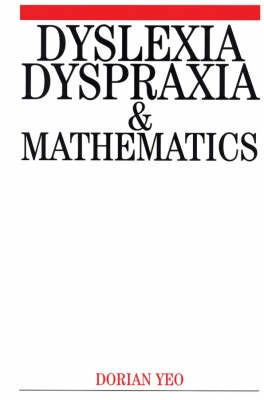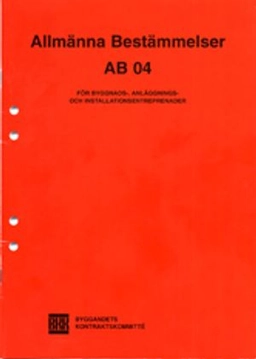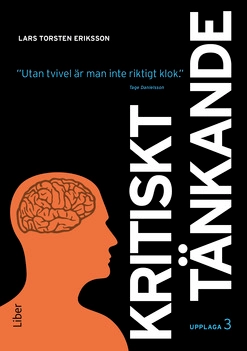

Dyslexia, Dypraxia and MathematicsUpplaga 1
- Upplaga: 1a upplagan
- Utgiven: 2005
- ISBN: 9781861563231
- Sidor: 280 st
- Förlag: John Wiley & Sons
- Format: Häftad
- Språk: Engelska
Om boken
Åtkomstkoder och digitalt tilläggsmaterial garanteras inte med begagnade böcker
Mer om Dyslexia, Dypraxia and Mathematics (2005)
I november 2005 släpptes boken Dyslexia, Dypraxia and Mathematics skriven av Dorian Yeo. Det är den 1a upplagan av kursboken. Den är skriven på engelska och består av 280 sidor. Förlaget bakom boken är John Wiley & Sons som har sitt säte i Hoboken.
Köp boken Dyslexia, Dypraxia and Mathematics på Studentapan och spara pengar.
Referera till Dyslexia, Dypraxia and Mathematics (Upplaga 1)
Harvard
Oxford
APA
Vancouver



















